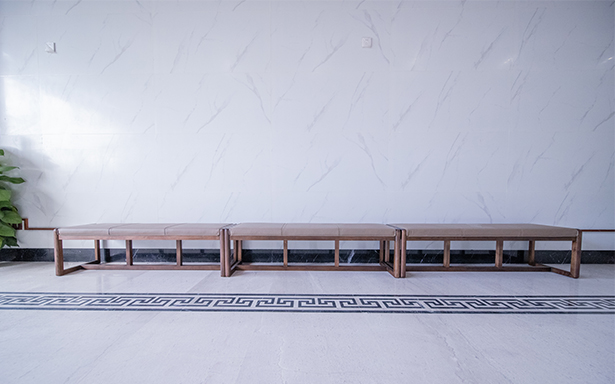Based on different functions, medical furniture uses different materials. Due to the emergence of new technologies, new processes and new equipment, different materials need to be combined in different ways. Through different combinations, 11 main structural forms of medical furniture are formed. The 6 most commonly used structural types and their characteristics are described as follows:
1. Fixed structure
Fixed structure is also called non-detachable structure or assembled structure. It mainly refers to the furniture parts mainly using mortise and tenon joints (with or without glue), non-detachable connectors, nail joints or joints, etc., which are assembled at one time. The structure is firm and stable and cannot be disassembled again. However, it is large in size and more troublesome to transport and carry. Commonly used are medical furniture such as solid wood accompanying chairs.

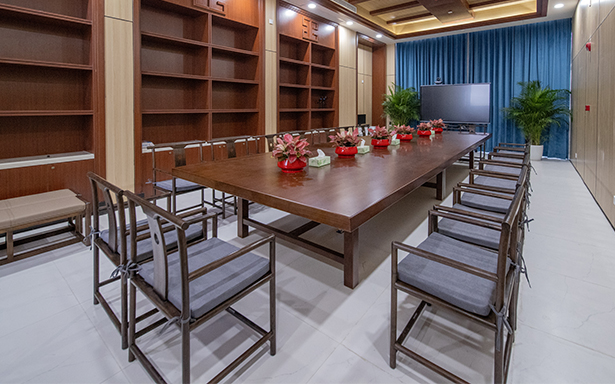
2. Disassembly structure
Knockdown structure (KD) can also be called ready-to-assemble structure (RTA), easy-to-assemble structure (ETA) or self-assemble structure (DIY). Knockdown furniture is not only easy to design and produce, but also easy to handle and transport. It can also reduce the floor space of production workshops and sales warehouses, and users can assemble it by themselves. At present, most medical furniture adopts this structure, commonly used in various cabinets of medical furniture, and also suitable for chairs, stools, sofas, beds, tables, tables and other medical furniture.


3. Folding structure
It refers to a type of furniture structure that can be folded, stacked or turned over. Its main feature is that it can be folded after use or when stored, which is convenient for use, carrying, storage, transportation and realization. Therefore, it is suitable for accompanying chairs, stools, beds, sofa beds, tables and some temporary beds or cabinet furniture in wards.

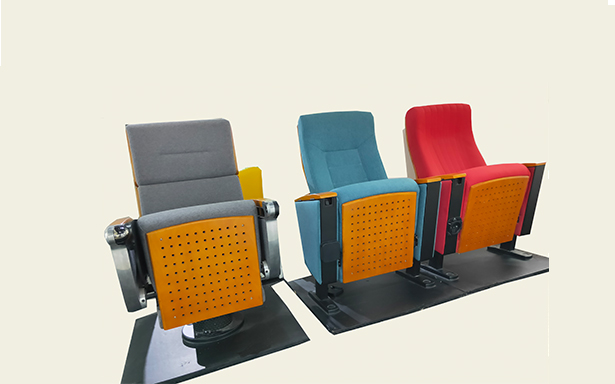
4. Combined structure
According to the different structures of the constituent units, it can be divided into two types: component assembly type and monomer assembly type.

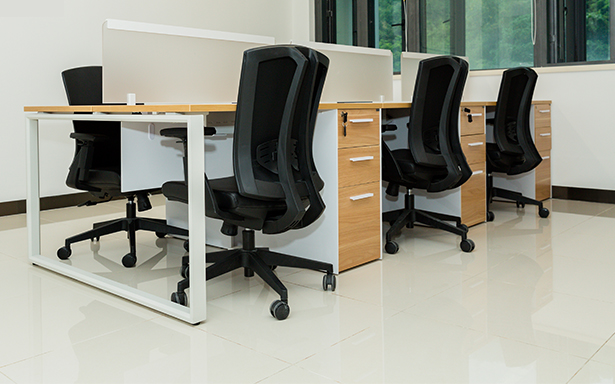
The component combination type is also called the universal component type or standard plate type. It is a type of furniture that combines several universal components of uniform specifications into furniture of different forms and uses through a certain assembly structure. It adopts a disassembly and assembly structure, which not only simplifies productivity and realizes specialized and automated production as well as multiple functional uses. For example, the footrest, chassis, armrests and other components of an office chair are generally universal components or industry standard parts. The product changes are achieved through the changes of non-standard parts and the combination of different standard and universal parts.
The single-unit combination type is also called the building block type. It divides the furniture into several small units, any of which can be used alone, or several units can be connected together in height, width and depth to form a new whole. It is not only convenient to assemble and transport, and occupies a small area, but also can be combined as needed, with flexible styles and strong applicability. This type of structure is often used in cabinet furniture in treatment rooms, treatment rooms, and wards.
5. Bracket structure
It refers to a type of furniture structure that is formed by fixing various components on metal or wooden brackets at different heights. The bracket can be supported or fixed on the floor, ceiling or wall. Among them, the method of fixing on the ceiling or wall is also called the bracket hanging structure. It is a fixed or movable furniture formed by hanging or installing standardized panels on the wall or under the ceiling with connectors. This structure is mainly used for the production of drug shelves in pharmacies and item shelves for storing medical consumables in supply rooms.

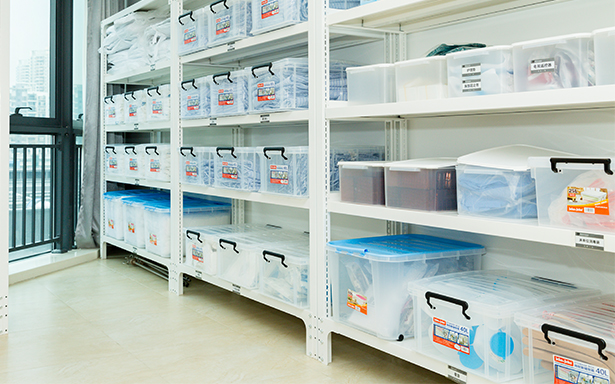
6. Multi-purpose structure
It refers to a furniture structure that can be used for different purposes by slightly adjusting the position or connection form of some parts. Furniture made with this structure can be used for multiple purposes, save space, and have multiple functional effects. For example, the accompanying sofa bed in the ward can be used as a sofa for people to sit on, and can also be used as a bed for people to lie down.

